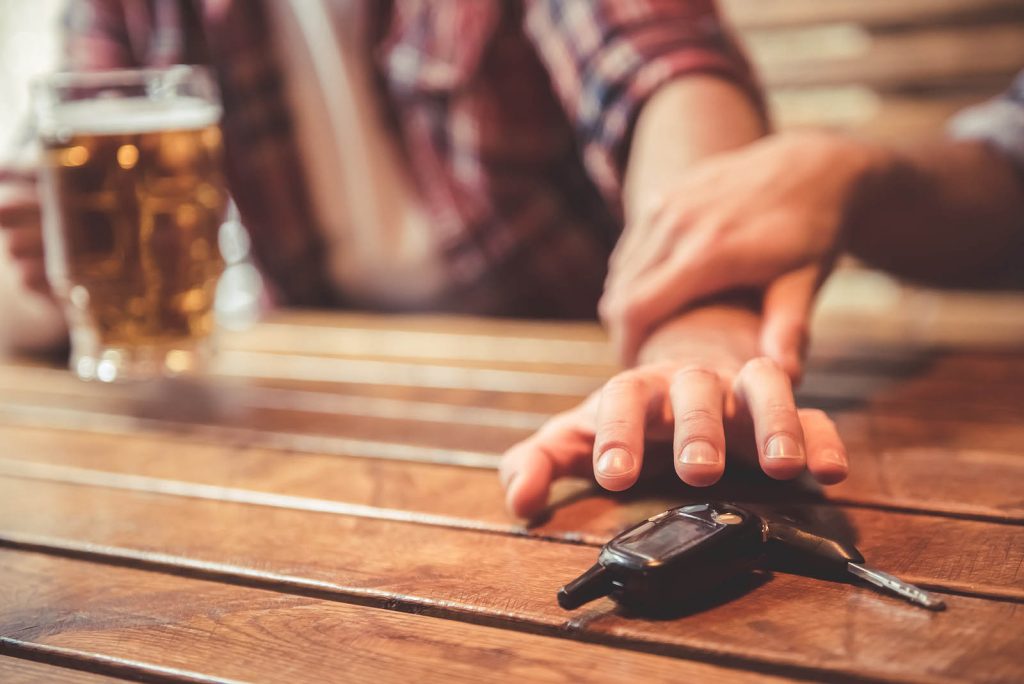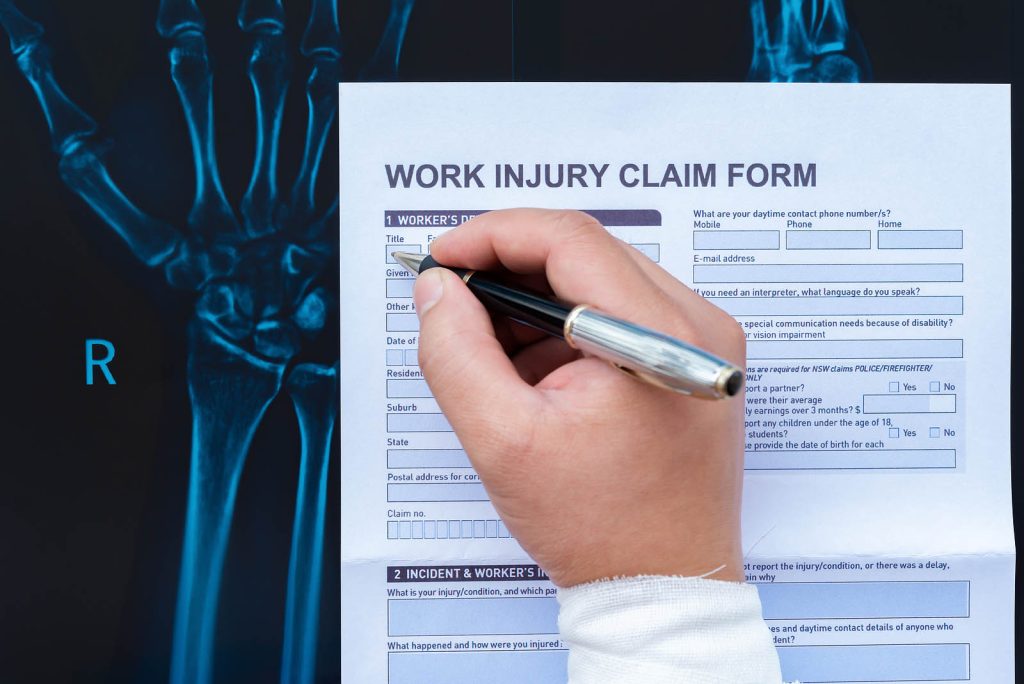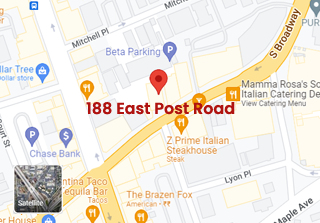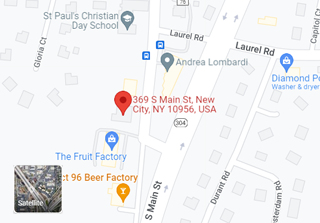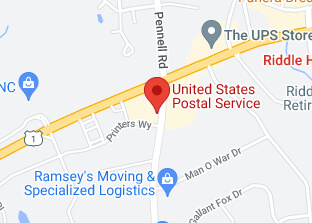A phobia is a condition in which someone is or becomes tremendously fearful of something, usually out of proportion to the actual risk involved (leading them to be described as irrational). There are numerous causes, anything from a negative experience with the thing that turns into a phobia, genetics, learned behavior, or even changes within the brain itself. Phobias are more intense than situational anxiety, such as the anxiety someone feels before taking an exam. They can be life-altering in negative ways and feel uncontrollable.
There are many types of phobias, but one that frequently comes up in personal injury cases is vehophobia. Read on to learn more about it.
What Is Vehophobia?
Vehophobia is the fear of driving a car. This can happen for multiple reasons (see below), or it may arise seemingly without incident. A vehophobic person may be perfectly fine as the passenger in a car but panics at the idea of driving one. (They may also not be OK as a passenger–see the discussion of amaxophobia below.)
As with other phobias, someone’s symptoms may be mild, such as feeling uncomfortable and slightly fearful about driving. But they can also be more severe, leading to the vehophobic person being unable to drive at all.

Common symptoms include shaking, sweating, racing heartbeat, shortness of breath, nausea, or dizziness. One especially difficult symptom is when the vehophobic person has racing thoughts that range from fear of being in an injury-causing accident, losing control of the car, or becoming trapped in the car. When someone’s mind focuses on these types of thoughts, they may be unable to focus on the task at hand: Driving. That makes them unsafe for themselves and others on the road.
Because of that, people with even mild vehophobia may feel unsafe to drive, which can negatively impact their day-to-day lives.
Is Vehophobia the Same Thing as Amaxophobia or Hodophobia?
While similar, vehophobia is not the same as amaxophobia (fear of being in a vehicle at all, such as being a passenger) or hodophobia (general fear of traveling). While these are three distinct types of phobias, it’s not uncommon for them to overlap. For example, someone who was in a traumatic car accident may become both vehophobic and amaxophobic.
What Causes Vehophobia?
It’s not always clear what causes vehophobia or whether there’s always a specific cause. Since phobias are considered irrational fears, they can emerge with no identifiable trigger. However, there are some situations that can be tied to the development of vehophobia symptoms.
- Growing up with someone close, such as a parent, who exhibits vehophobia themself.
- Going through driver’s education with a harshly critical and overly strict instructor.
- Being the victim of road rage from another driver.
- Having been in a car accident, whether or not it caused injuries.
- Experienced driving in extreme conditions (blizzards, wildfires, etc.).
- Having suffered the loss of a family member or close friend in a car accident.
- Personally witnessing a horrific car accident or watching videos of car accidents.
Is There Any Treatment for Vehophobia?
Because vehophobia can so significantly disrupt someone’s life, they may worry that it’s a permanent condition. However, there are various treatments that can help someone overcome the phobia. It’s essential to recognize that phobias can take time to manage or overcome; overnight results aren’t likely. There may also be times when the phobic person feels like they’ve made progress but then experiences a recurrence. That doesn’t mean the treatment isn’t working. It’s important to continue forward and know that occasional backsliding isn’t the end.
- Therapy. Tackling the phobia with a therapist to guide someone can be highly beneficial. This can include either talk therapy or exposure therapy, or both. Medication may be used in conjunction with either.
- Defensive driving courses. Done in safe, guided conditions, these can build more confidence.

Of course, the problem with any of these treatments is that they’re not usually free, and the longer they take, the more they’re likely to cost. If you developed vehophobia from being in a car accident and the other driver bears at least some of the blame, contact a knowledgeable personal injury attorney to discuss how you can file for damages. Those damages could help pay for the treatment you need to manage or overcome your vehophobia.
What Should I Do if I Developed Vehophobia After Being in a Car Accident?
Call Greenspan & Greenspan Injury Lawyers at 914-946-2500 for a free initial consultation with one of our White Plains, NY, car accident attorneys.
We understand how terrifying and frustrating living with vehophobia of car accidents can be. If you can regain control over your life by seeking the kinds of treatments you need but can’t afford on your own, the legal efforts will be more than worthwhile. We can help determine if the other driver may have been liable for the accident and thus for your vehophobia. If so, we can help you file for damages that may help you pay for medical and therapy bills that could allow you the possibility of reducing or eradicating the vehophobia to the extent that you can drive safely again.
It’s important that you don’t enter into communication with the other driver’s insurance representative or attorney. Their primary goal would be to get you to take most or all of the blame for the accident. They could also try to convince you to accept a much lower settlement than you’re eligible for. If they call, email, or send letters to you, don’t respond. Instead, forward all communication to your lawyer.



